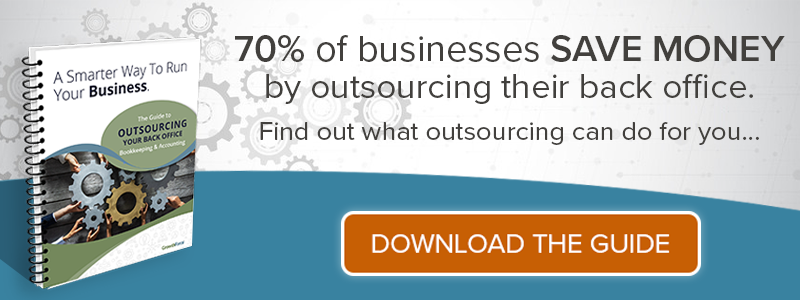
We recently posted a two-part article on the Top 10 Accounts Payable Best Practices.
One of the last action items on the list was to “reconcile accounts” daily.
What exactly does this mean?
When you reconcile accounts, you are essentially verifying that the withdrawal transactions on your bank account matches the transactions listed in your general ledger and/or your accounts receivable system. This may seem like a no-brainer, but many businesses don’t bother to do this on a regular business.
Some businesses will reconcile their accounts at the end of each month, but here are two reasons why account reconciliation should be integrated into your business’s daily routine.
Keep Tabs on Cash Flow
Matching your accounts payable from your ledger to the money taken out of your accounts keeps you informed of your company’s cash flow. Busy business owners who handle a lot of the finances on their own may quickly log in to their online business accounts to check transactions and balances.
The ability to see up-to date transactions at a moment’s notice is a great way to know how much cash a company has on hand, however, your bank account balance is only part of the equation.
The second half of the equation is where reconciling your accounts comes into play. You need to continually compare the ledger to the deposits in the bank. This helps to eliminate hiccups in cash flow. Say for example a business owner cuts checks for four different vendors.
Of the vendors, three have deposited the checks (which can be seen reflected in the bank account). The other vendor has yet to cash the check. If you’re only looking at the bank account, you’re likely to overlook the fact that there is one additional check out there, tying up cash from your account. Reconciling your accounts ensures that your vendors have received your payments and keeps you from overdrawing on the account.
Helps in Case of a Government Audit
Reconciling your accounts helps in case you are ever audited, and protects you if one of your vendors is ever audited. One of the first things an auditor looks at is reconciliation of the accounts. They want to see that the transactions in the ledger match the transactions in the bank. An audit is stressful enough, scrambling through invoices and receipts to confirm withdrawals on the account against your books will just add to the chaos. Daily reconciliation keeps all of this information up to date, which can help smooth out the process of being audited.
If one of your vendors is cashing your checks, but isn’t reporting the income, the vendor can get into a lot of trouble in the event they are audited. Reconciling the accounts on your end verifies that payments were in fact made to the vendor.
This is also why we recommend you obtain a W9 from all of your vendors before you cut them their first check. It is important to have a paper trail of the money leaving your business, both for your records, and for regulatory purposes.



